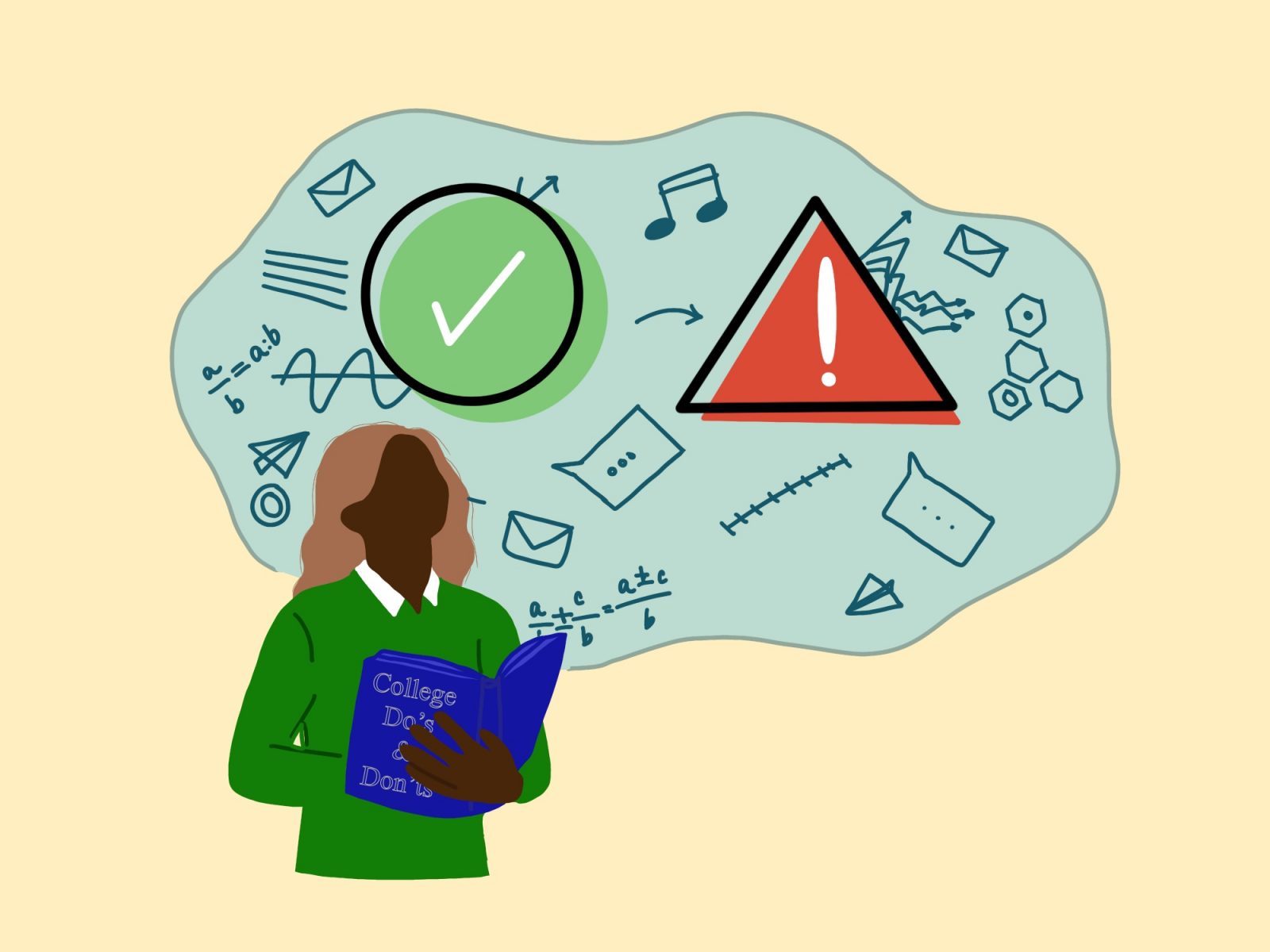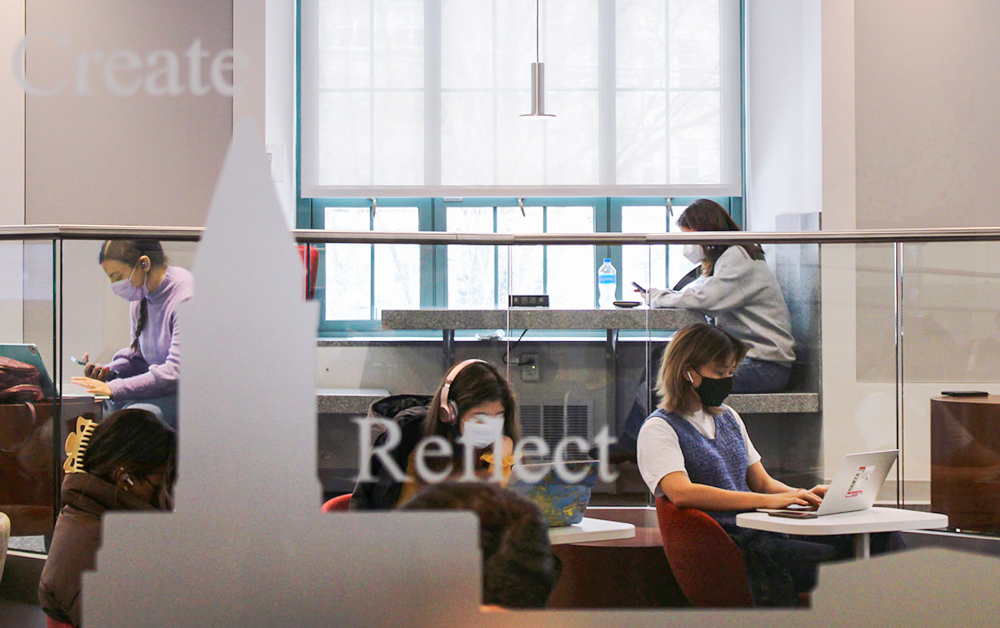Effective Tuesday, college students taking out loans for the 2014-2015 school year will see an interest rate increase for federal Stafford loans, PLUS loans and some graduate loans.
The interest on an undergraduate Stafford loan will be raised from 3.66 percent to 4.66 percent. The graduate loans affected will now have 6.21 percent interest rates, up from last year’s 5.41 percent. PLUS loans, which are available to students and families who want to take out more than originally offered by the government, will see interest rates increase from 6.41 percent to 7.21 percent.
“We have a $1.2 trillion student debt crisis,” said Young Invincibles’ Jennifer Wang, the policy and advocacy manager for the national non-profit organization that represents the interests of young adults. “College graduates on average are leaving school with $30,000 in debt. Many more have much higher levels of debt. We’re starting to see student debt have an impact on the economy.”
Rooted in legislation passed by Congress in August 2013, the interest rate increases on student loans are tied to the rates of 10-year Treasury notes. The bill, known as the Bipartisan Student Loan Certainty Act, has also capped interest rates at 8.25 percent for undergraduate loans, 9.5 percent for graduate loans and 10.5 percent for PLUS loans.
BU spokesman Colin Riley said students will begin to feel the effects of the interest rate increase six months after their college graduation, once the loan repayment process begins.
“The good news is that BU students have a good repayment history,” he said. “They get jobs and are able to pay the loans back…It’s [the interest rate increase] not a huge increase, and it’s well below what it would’ve been if they were at last year’s rates before Congress passed the bill to lower them.”
In May, U.S. Sen. Elizabeth Warren filed a bill co-sponsored by more than 20 Democratic senators to allow existing borrowers to refinance their loans at the lower interest rates. However, Senate Republicans voted against the bill in June with a 56-38 vote on the Senate floor, four votes less than the 60 it needed to advance in Congress.
In response, U.S. President Barack Obama signed an executive order guaranteeing anyone who took out a federal loan before 2007 a capped interest rate at 10 percent of his or her income. Warren said she plans to reintroduce her bill in Congress at a future date.
Several organizations involved in student loans and debt management said the increase of interest rates on student loans will impact students and families trying to finance higher education.
Allesandra Lanza-Cosgrove, a spokeswoman for an education debt management group called American Student Assistance, said while the rate increases may not seem significant, the cost of monthly repayments will eventually add up.
“Rising federal student loan interest rates will mean increased costs for students,” she said. “Moving forward, we hope that student loan interest rates will be set to a rate that will allow the government to cover the cost of the loan program and support programs, but no higher.”
Over the past several years, Young Invincibles has seen many undergraduate and graduate students taking steps to avoid debt and looking for alternatives to federal student loans. Wang said the federal and state governments must continue to work with institutions of higher learning to keep college a financially attainable goal for all young adults.
“We’re starting to get these questions about whether or not college is worth it, and obviously the answer is yes,” she said. “But when interest rates and tuition are high and when states are disinvesting in higher education causing tuition to go even higher, we’re going to start seeing problems with families that are going to be making up that difference in student debt. A lot of people aren’t going to want that debt.”

























































































































